If you’ve been in the Army longer than five minutes, you’ve probably been called “warrior” already. Or maybe “hero,” usually used sarcastically when referring to basic trainees. But “warrior” is not used sarcastically. We have the “Best Warrior” competition. Soldiers injured in combat or in training go to “Warrior Transition Units.” Thankfully, training for new non-commissioned officers is no longer the “Warrior Leader Course,” but the “Basic Leader Course.” We in the Army managed to somehow get a “warrior ethos” into our lexicon. This word has even seeped into our Soldier’s Creed, with, “I am a warrior and a member of a team.” Another part of the creed talks about remaining “proficient in my warrior tasks and drills.”
But there’s a problem with all this “warrior” rhetoric; warriors are not soldiers. Warriors don’t transition, because warriors are part of a class. Warriors don’t have tasks, because tasks are antithetical to the undisciplined and chaotic warrior. Essentially, stop calling us warriors.
Early Warriors
The connotation of the warrior is often of one who fights alone – think Achilles or Hector or Agamemnon, or any of the classical Greek warriors. They fought for glory – and mainly themselves. Principally, they fought alone. Homer made it very clear in the Iliad that it was the mark of the great warriors to fight in single combat, have glorious deaths, and names that lived in eternity, while the lower classes of Greek soldiery died in the mud, together, and no one remembered their names. Because they were not warriors.
Warriors also fight with an overriding passion, often an undisciplined one – “overreaching” is the way that Homer often describes it – taking that one extra step that ends in disaster. Warriors are chaotic, tribal, and lawless – often times only governed by a loose code of conduct.

Warriors came from a specific class of people, those whose lives were dedicated to violence – not violence for a specific end, but often just violence for violence’s sake. Warrior classes were – and are – often propped up on the backs of the people, the people they are supposed to be serving. They are supported by the state, segregated into a specific class, and essentially become diametrically opposed to a democracy – since democracies do not easily finance the exorbitant cost of keeping up a bunch of entitled elites.
We in the Army – we are not Achilles, we are not Hector, we think we might be Odysseus, but we’re wrong – no one can be that cool. Nor are we Trojans – because who the hell thought that would be a good nickname for a military unit? They lost, for crying out loud.
Then the next shift in warfare comes along – the hoplite phalanx. Now if ever there was a fighting formation that was anti-warrior, it was the phalanx. You could not be an individual in a phalanx; that’s how you ended up being a shish kebab – either from the enemy or your own friends who you had deserted. The phalanx was a formation that was only as strong as its weakest part. And because it was fairly simple fighting – hold shield, hold spear, push together, jab with spear, don’t die – soldiers from all classes of the Greek city-state could be a part of the phalanx. Now there was no need for a specific warrior caste.
That is, until the Spartans decided to ruin the whole party.
Those Damn Spartans
God, does the Army love Spartans or what? Everywhere you look on the internet there are Spartan memes, Spartan t-shirts, Spartan metaphors for special operations forces, Spartan unit mottoes; hell, there’s a brigade combat team called “The Spartan Brigade.” The Army loves its Spartans.
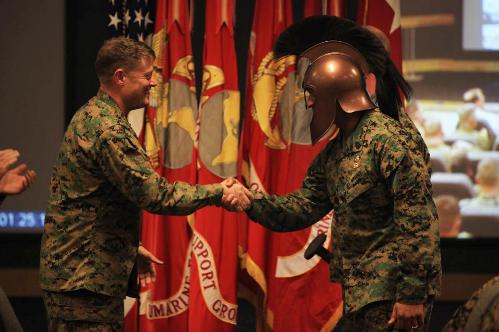
And that’s just stupid.
“But Angry Staff Officer, Spartans were great soldiers who were very successful, and fought together, and lived by a strict and honorable code, and upheld traditions of brotherhood. Why shouldn’t we adopt them as a model?”
Because Spartans were an entire totalitarian society based around a warrior class whose sole purpose was violence. Yes, I know, they kept some trappings of democracy – just like the democracy of the pre-Civil War South, where slaves couldn’t vote or own property. The entire Spartan system was based on the primacy of the pure Spartan warrior who had to be supported by the helots, who were slaves owned by the state (Spartans weren’t alone in the whole “let’s own other people” thing; slavery was common in the Mediterranean world, in varying states of brutality). The helots did all the “dishonorable” jobs – like farm, fish, make tools, make clothes, make weapons and armor; basically, all the things that the Spartan warriors needed to survive. Oh, and then were was the rampant sexual abuse of young Spartan boys as part of their training, as well as the sexual abuse of helots at the hands of the Spartan warriors.

In other words, the Spartan lifestyle was essentially the opposite of everything espoused in the U.S. Armed Forces. And the Spartan state – built around a war machine – is antithetical to “life, liberty, and the pursuit of happiness.” Yet we condone this type of imagery and symbolism – even as we wonder why sexual assaults and domestic violence incidents still take place within our ranks.
There’s something twisted in the way that the special operations support community – looking at you, SOFREP – glorifies anything Spartan. It’s almost as if they know exactly what Sparta stood for and have no problems with making the civilian population into a subservient class of peoples (ahem, “sheep”) that only exist to adulate and support the warrior class (“sheepdogs”). There is a cult – yeah, I said it, and I can already hear the personal attacks on me for hating freedom and patriots furiously being typed – around our special operations community, fed by book-writing retirees (who SOCOM told to STFU), civilians who want to feel like they are supporting the military, airsoft military wannabes, and seemingly every other dude out there on social media who has “MOLON LABE” superimposed over an American flag somewhere in their profile. Feeling uncomfortable yet? Well, you should, because this type of rhetoric is not only subversive to democracy but is positively antithetical to the ideals of the Founding Fathers who saw a standing professional army as one of the greatest threats to our republic.
Does this mean that special operations forces are bad? Hell no. Those Soldiers, Marines, Sailors, and Airmen in the SOF community undergo extremely intense training, sacrifice normal lives to be always training or at war, and are bearing the brunt of our wars in Syria, Iraq, Afghanistan, Libya, Yemen, countries in Africa…well, you know, the list goes on and on. They are stretched incredibly thin and are called upon to do their own mission as well as the missions of conventional ground forces, because the current public – and thereby political – appetite for large deployments of conventional forces is very low.
However, placing them on a pedestal – that is, creating a warrior class specifically for them – does a disservice to them. Public perception eventually becomes that they are superheroes, unstoppable, and can do everything. With that also comes the idea that you cannot question special operations forces – to even think of doing so would be unpatriotic. As the tip of the spear, more and more operations will be piled on top of them, until eventually the spear tip snaps off – because they are human. The more we distance ourselves from them, the more they are left in a vacuum – both overseas and at home. If we distance ourselves from them overseas, we lose accountability for their actions. If we distance ourselves from them at home, we cannot give them the support they need to integrate back into the civilian world. They are not Spartans. They are not warriors. They are Soldiers, Marines, Sailors, and Airmen; fathers, brothers, sisters, mothers, sons, and daughters. Americans.
Oh, and those Spartans? They overextended and got whooped by all the smaller Greek city states they used to make fun of. The defeat and capture of 120 of the vaunted – and expensive – Spartan warriors in 425 B.C. at Sphacteria basically threw the myth of Spartan invincibility into the Agean, caused Sparta to actually have to negotiate, and made it open season for war with Sparta. That’s the problem with building up a mythos – once you start believing it yourself, small losses become catastrophic. Metaphors? They abound.
The Legions
As much as it pains me, probably the best comparison from the ancient world to the modern is the US military as Roman legionnaires. The Legions were combined arms forces, made up of recruits from all around the empire, and the end goal for the legionnaires was to retire from the Legions with a plot of land and full citizenship in the Empire. The Legions were resourceful, excellent at engineering, and really good at projecting power. While they would be accommodating if you cooperated, they would be ruthless if you rebelled – like, “kill everyone, salt the fields, curse your name” ruthless. However, they were also run by politicians-turned-soldiers or soldiers-turned-politicians, which just ended in civil war and disaster.

And the purpose of the Legions was to create and hold empire. Empires are costly, difficult to maintain, don’t come with a warranty, and always fail, be they Roman, British, or Galactic.
If we could stay away from empire that would be great.
Medieval Warriors
Oddly enough, not many present-day warfighters – which is also kind of an odd term (“I’m not a baker, I’m a breadmaker”) – take their cues from the Medieval warriors, save for the occasional allusions to crusaders. Which in and of itself does not make one a good warfighter because being a crusader just means, “One who goes on crusade.” And loads of people went crusading from 1095 to 1291, mainly unsuccessfully. The whole thing ended in disaster because as it turns out, land grabs fused with religious mania don’t do logistics very well.
As an aside, one does tend to see a lot of non-DOD sponsored paraphernalia associated with the crusades, namely, t-shirts that say a lot of things about being a proud infidel. What is strange is that so many of the people who wear these shirts, or tattoos, or have “INFIDEL” proudly emblazoned on their social media page seem to also be staunch Christians. The definition of “infidel” is one who a) does not believe in religion, or b) does not subscribe to your own religion. Which in the case of the Christian “infidels” would be…anyone who is not a Christian. Why would you then identify yourself as an infidel? No one really knows. Let the cognitive dissonance sink in for a moment.
But back to the topic at hand.
The preeminent Medieval combatants were armored knights, whose sole occupation was training for and executing combat. Like the F-35, knights did not come cheap, so economic systems formed around maintaining them. Namely, the feudal system, where the poor lived on the land of the wealthy landowner and provided him with food in return for protection. Notice how these warrior classes all seem to have subjugation of the poor as a common theme? Huh, odd. Anyways, this all came to grief when the Welsh/English (depending on who you talk to) discovered that if you crafted a long bow with enough power and massed groups of trained – and cheap – archers together, you could democratize warfare again and turn the incredibly expensive knight into an incredibly expensive pincushion. Pikes soon returned to fashion after a hiatus of a couple centuries, someone brought gunpowder from China, and all of a sudden war was anyone’s game.
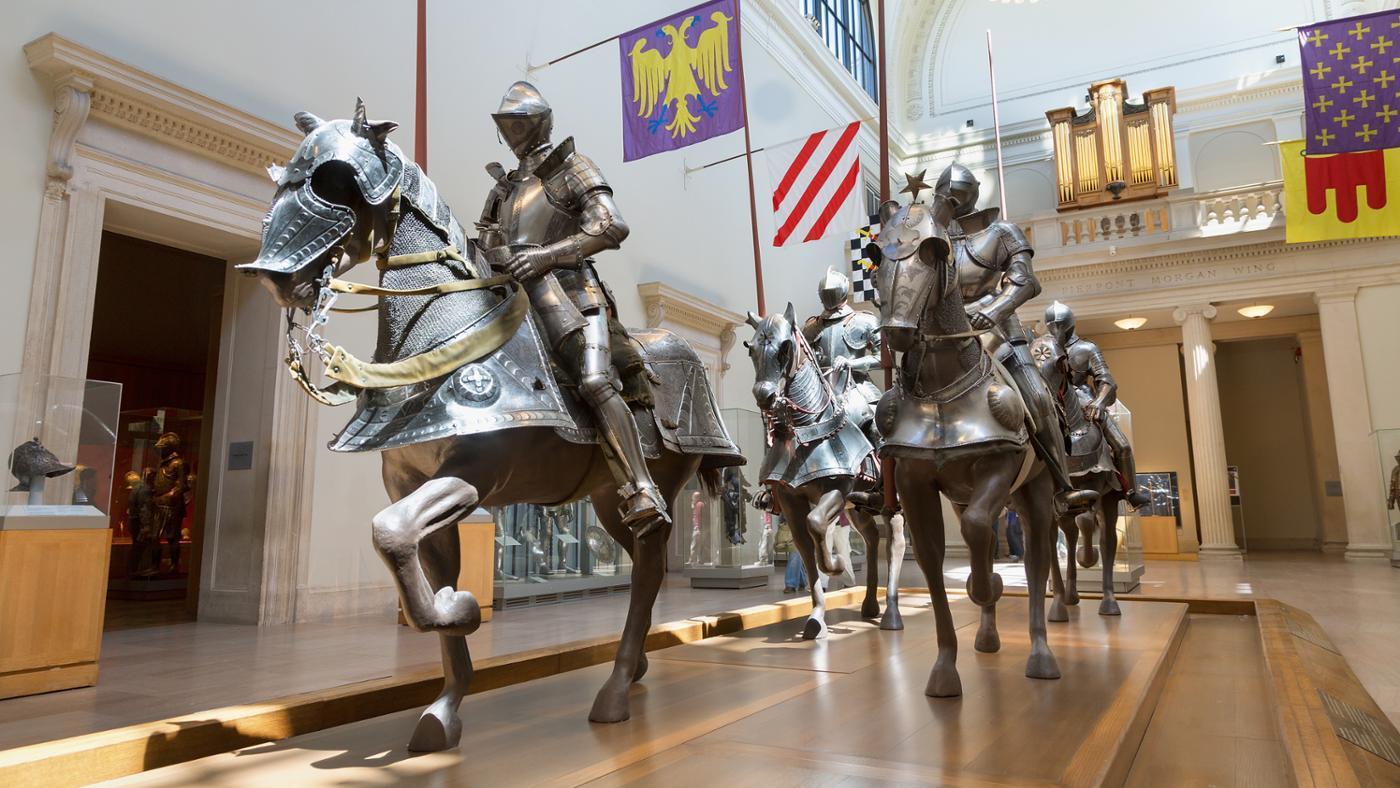
Mercs
Professional combatants in the Renaissance came in the form of soldiers for hire: mercenaries. Because really, when you’re rediscovering the works of Classical Greece and Rome, who has time to learn how to fight? Armies of citizen-soldiers were augmented with cadres of professional mercenaries, who often acted in an advise and assist role when not in actual combat. The best of these mercs came from Switzerland and the German states; some would eventually become the Swiss Guard aka, the Pope’s SOF, while others would form the basis for the professional class of combatants in the German state of Prussia. And we know what that eventually led to.
It led to some world wars and stuff.
But also, to the general staff (damn them) and the modernization of warfare along the lines of professional soldiers.
Were these mercs warriors or soldiers? They certainly have little in common with the warrior in the classical sense, fighting for personal glory and grandeur. And while they were paid by the state that hired them, they did not form a warrior class that survived off the backs of the people they defended, for the very reason that their existence was predicated on the state not needing a standing army.
Now, this would eventually change through the 17th, 18th, and 19th centuries, as the powers of Europe slowly adopted large, professional standing armies. Yet these armies were composed of soldiers, not warriors – because warriors do not fight for the state or for a shared vision. They fight for themselves.
Soldiers are disciplined masters of warfare, acting out of a sense of duty and devotion to their homeland, families, or an ideal, who do not love violence but understand that there are cases where violence is necessary. They are self-sacrificial, putting the needs of others over their own. They do not seek glory, they seek victory. They are thinkers who understand that passions must be controlled in the heat of battle, that sometimes the answer is not always to attack in a frenzy.
And really, why do we need the appellation of “warrior?” Our own names are even stronger; they bear a far more rich heritage and tradition. Battlefields across the world bear testament to the U.S. Army Soldier – “Doughboys” and “GIs.” What corner of the world doesn’t know who the “Devil Dogs” and “Leathernecks” of the Marines are? U.S. Navy Sailors stand for the freedom of passage for the waters of the world. Airmen…well, I’m sure they stand for something – kidding: the sights and sounds of the U.S. Air Force are the symbol of overwhelming American power.
U.S military history provides ample examples of names to call ourselves other than “warriors.” Army units retain lineages that reflect the unit’s past achievements. Most units carry some type of nickname that incorporates their heritage. Still want to be called “legionnaires?” You still can, as a throwback to General Anthony Wayne’s Legions and Sublegions of the U.S. Army, some of the first combined arms organizations. Reaching back to the Classical or Medieval era for things to call ourselves ignores hundreds of years of rich history in the U.S. Military. Frankly, it’s lazy.
No, we are not the Greek warriors of old. We are not Spartans, standing on the backs of slaves. We are not a warrior class that stands apart from the people of the United States. We are not crusaders, carrying religion on the point of the sword. We fight together, side by side, for the people of the United States. We support and defend the Constitution of the United States against all enemies, foreign and domestic and bear true faith and allegiance to the same.
Plus, every time I hear “warrior,” all I can think of is this:
Enjoy what you just read? Please share on social media or email utilizing the buttons below.
About the Author: Angry Staff Officer is an Army engineer officer who is adrift in a sea of doctrine and staff operations and uses writing as a means to retain his sanity. He also collaborates on a podcast with Adin Dobkin entitled War Stories, which examines key moments in the history of warfare.
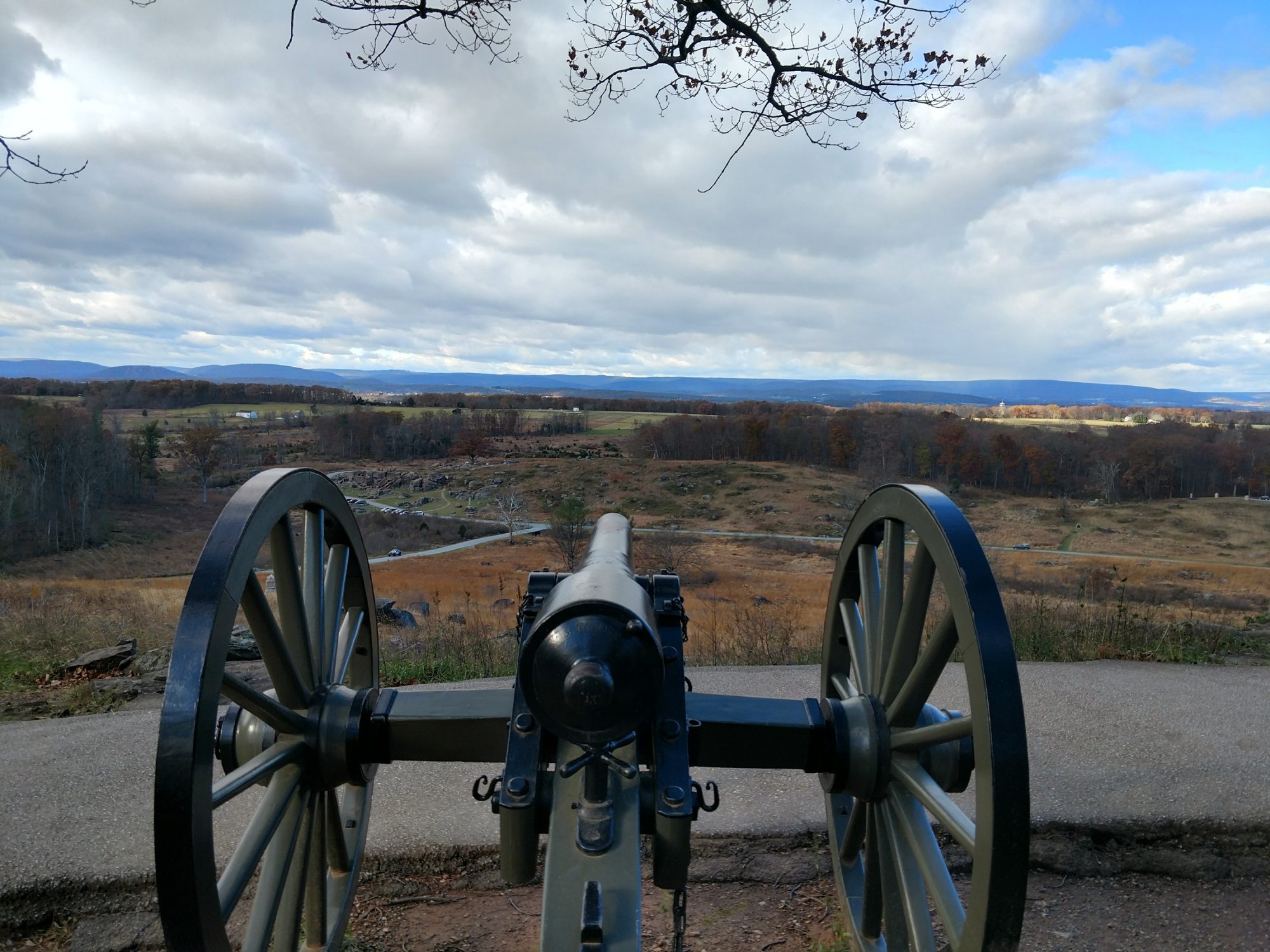
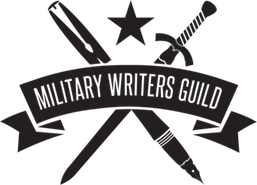
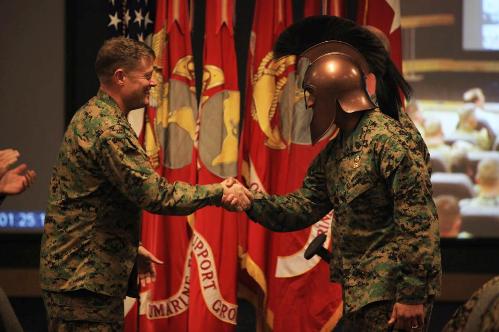

10 Replies to “Stop Calling Us Warriors”
Comments are closed.